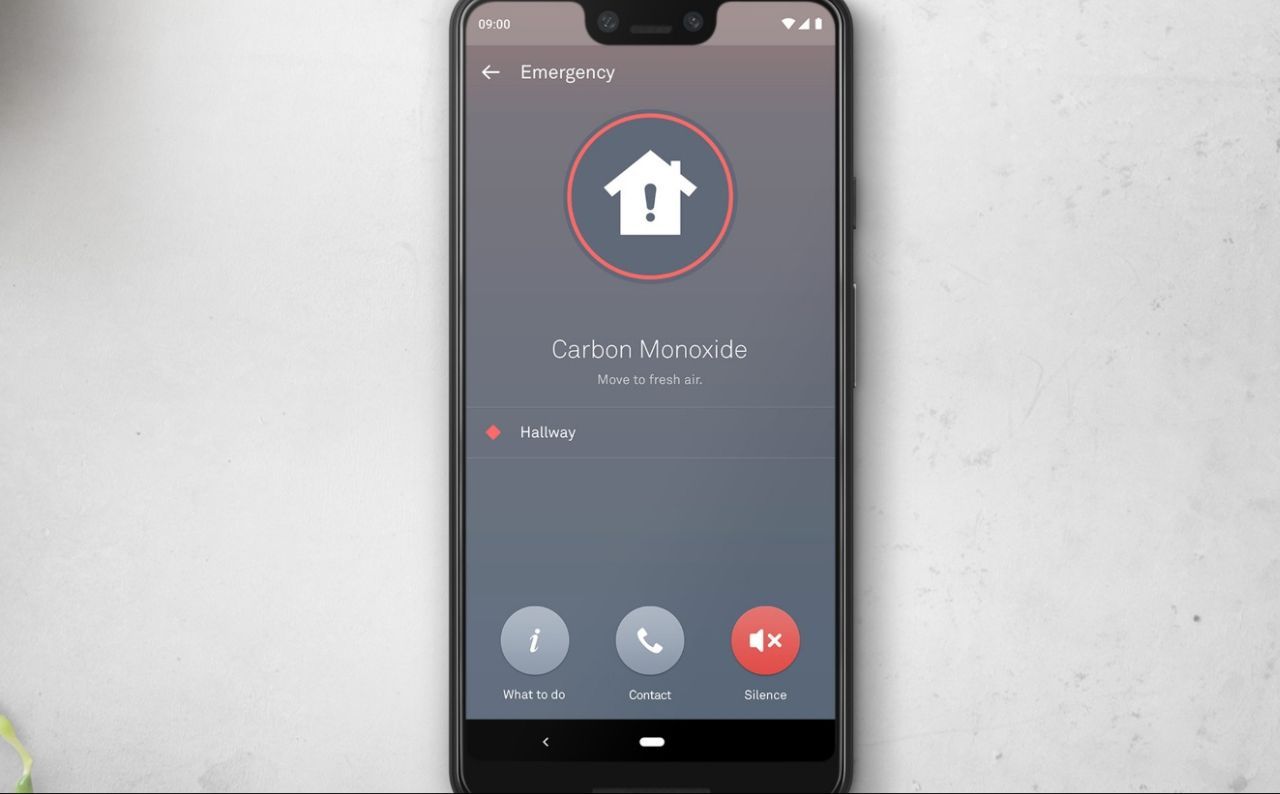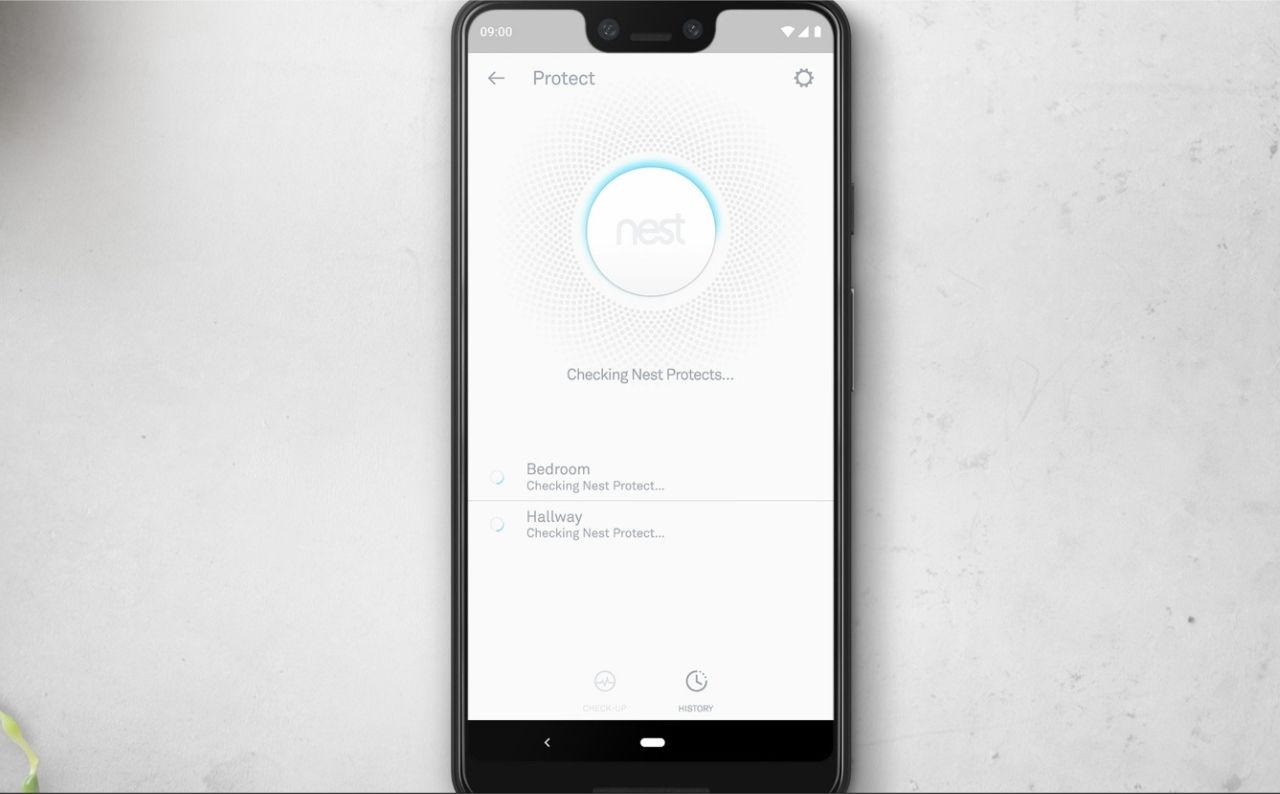Each year, fires cause serious injuries and death. But the risk of causalities drops if your home has a functioning smoke detector.
Smoke detectors sound an alarm when smoke or fire is detected, providing as much warning as possible for you to escape quickly.
While the traditional smoke detector depends on your being home to hear it, smart smoke detectors will warn you of danger, even if you’re not around.
Smart smoke detectors can send a notification to your phone, alert you of smoke faster, and more. Here are the top reasons why you need a smart smoke detector.
1. Can Send You Notifications via an App
One of the biggest pros of a smart smoke detector is that it can connect to your smartphone. If it detects smoke or carbon monoxide in your home, it will still make noise and send notifications to your phone.
Your smart detector can provide voice alerts and notify first responders if necessary, increasing your chances of responding faster in an emergency.
2. Reduces the Number of False Alarms
A majority of smoke alarms that go off are false alerts. The things that can set off an alarm include steam from a shower, overcooked food, dust or small insects inside the unit, or dying batteries.
Smart smoke detectors can have a humidity sensor to prevent false warnings caused by steam. Some models also use smoke-sensing technology to differentiate between cooking fumes and real fires, reducing nuisance alarms.
It’s important to remember that as a smoke detector nears the end of its life, it may start to fail and sound false alarms. To avoid this problem, manufacturers have designed smart smoke detectors that stop working after some years.
For example, the second-generation Google Nest Protect stops working after 10 years. It will send notifications to your phone three months, one month, and seven days before expiring.
3. Can Point to the Exact Location of the Danger
Some smart smoke detectors, like Google Nest Protect, have a photoelectric Split Spectrum Sensor that can detect both fast-burning and smoldering fires and tell you where the danger is.
The smart carbon monoxide detector can identify the source of smoke or carbon monoxide and use voice alerts to notify you.
An alert could include details like the kind of danger detected and its location and instructions on how to deal with it. For example, “Emergency: there’s smoke in the basement. Move to fresh air.”
While photoelectric sensor-based detectors are very effective at detecting smoldering fires and low levels of carbon monoxide, lab tests indicate they perform average in detecting sudden, fast-moving fires.
To ensure safety, whether there’s a flaming or smoldering fire, it’s recommended to equip your home with photoelectric and ionization sensors (dual-sensor smoke detectors) or pair your photoelectric smoke detector with an ionization smoke alarm. Ionization smoke alarms are generally more responsive to sudden, fast-moving fires.
4. Can Be Controlled Remotely
Another benefit of a smart smoke detector is that you can control and manage it remotely. Smart smoke detectors, like the X-Sense XS03-WX, allow you to silence false alarms from the phone app. With a traditional smoke alarm, you would need to access it and manually shut it off.
5. Works With Other Smart Products
Smart smoke detectors can work with other smart products in your home, including your smart thermostats, smart garage door, and smart lighting system to prevent fire hazards.
For instance, if your smart detector senses there’s fire, it can take actions to protect your home, like shutting off the HVAC system, so it doesn’t spread smoke throughout your home.
Smart smoke detectors can also switch on smart lighting, making navigating your home and finding a safe exit easier. In addition, it can unlock front doors for firefighters to get in quickly.
You can also link your smart detector to your surveillance camera, so it starts recording immediately after the alarm goes off.
6. Detects Fires Faster
Smart smoke detectors typically detect threats faster than traditional ones. These detectors are often equipped with photoelectric sensors, making them better at sensing smoky fires, such as smoldering mattresses. In emergencies, where every second counts, this can make a crucial difference.
On the other hand, many standard smoke alarms rely on ionization technology, which may take longer to identify smoldering fires. But as noted, these alarms respond slightly faster in areas with too much smoke or flaming fires.
7. Allows You to Connect Multiple Smoke Detectors
Smart smoke detectors, both battery-powered and hardwired, use a wireless interconnect. So if one alarm goes off, all other detectors in your home will also sound an alarm. This can be especially helpful if you live in a big house and worry that you might not hear an alarm go off somewhere else.
Plus, your smoke detector may notify you via your smart home hub, making it easier to pinpoint the location of the alarm and respond accordingly.
8. Quietly Asks You to Replace Batteries or Sensors
Determining if a traditional fire alarm is working correctly can be challenging. While you can press a test button to check the alarm sound, it doesn’t guarantee that the internal sensors are working correctly.
Smart smoke detectors offer a few more bells and whistles, including built-in self-testing features that continuously monitor the unit’s battery and sensors and notify you if there’s a problem.
Some models will send alerts to your phone if the sensor is defective or the battery is running low. This means you won’t have to put up with those annoying midnight chirps anymore.
Should You Buy a Smart Smoke Detector?
Fire is one of the deadliest threats homeowners must deal with to keep their families and home safe. Instilling smoke detectors is one of the best ways of protecting your home from fire.
Smoke detectors can identify smoke and fire, increasing your chances of escaping unhurt and reducing property damage.
Smart smoke detectors typically offer better security and protection than traditional ones. They can send alerts to your phone, reduce false alarms, and even work with other smart home devices.




